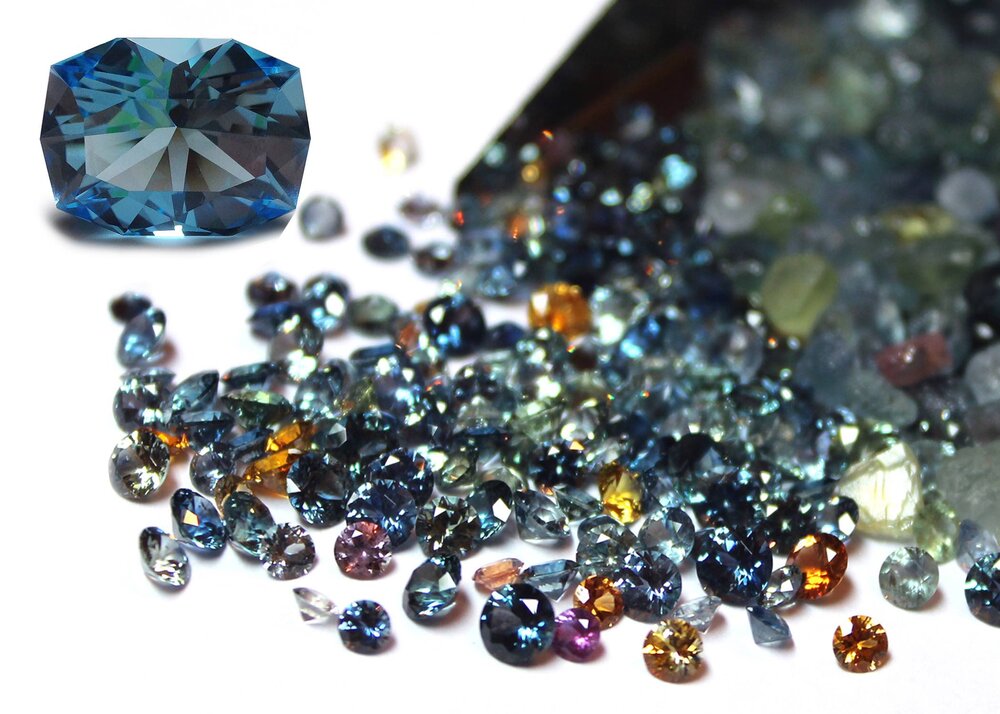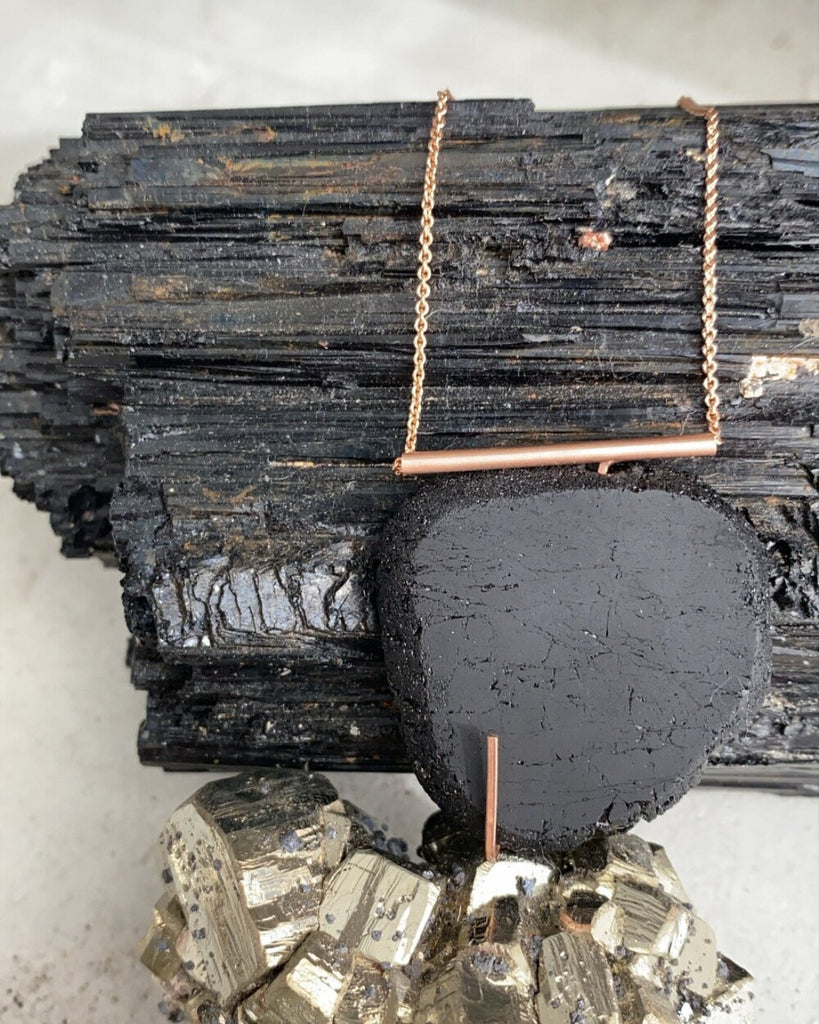Montana Sapphires, a Real American Gem

Montana sapphires are known for being a pale greenish-blue, almost aquamarine-like or robin’s egg in color. Some are a deeper green-blue or pure blue that appear ‘denim’ or ‘blueberry’ in color. The finest of Montana’s sapphires, however, resemble Montana’s sky—cornflower blue and unclouded.
The color of Montana sapphires largely depends on the deposit where it was mined. The most famed Montana sapphires are from Yogo Gulch, known for producing small but saturated blue sapphires with high clarity and no color-zoning. Stones from Yogo Gulch usually don’t require heat treatment, a rare trait for sapphires; the majority of sapphires from Asia are heated-treated to improve both color and clarity. Sapphires from Yogo Gulch are unique in that, while all other sapphires mined in Montana are simply called Montana sapphires, sapphires mined in Yogo Gulch are known and marketed specifically as Yogo sapphires. Yogo sapphires fetch a premium due to their intense color and high clarity. Larger Yogo sapphires are especially valuable, since most Yogo sapphires are smaller than one carat in size.
Sapphire-lovers must therefore turn to other Montana mines if they want larger sapphires. The sapphires found at the El Dorado Bar and Spokane Bar mines tend to be larger than those found at Yogo Gulch. Like Yogo sapphires, the sapphires from these mines have very high clarity. The main difference is that their colors tend to be pale to medium greenish-blue, the color associated with most Montana sapphires. Montana sapphires are not limited to being blue in color, however. The Rock Creek deposit, in addition to producing pale greenish-blue stones, also produces stones that are yellow, orange, violet or pink in color. This deposit is famously called the “rainbow over Montana.”Although Montana sapphires are well-known in the jewelry world, their discovery is fairly recent. Miners mining for gold in the1860’s noticed blue ‘glass’ in their sluice boxes; water and weather had loosened these sapphires from the igneous rocks they formed in and washed them downstream. None of the miners recognized these pebbles as sapphires however, and the value of these roughs went unrecognized until 1984, when a miner sent these roughs to Tiffany’s in New York. There, an appraiser declared Montana sapphires to be "the finest precious gemstones ever found in the United States,” and a small rush for Montana sapphires began. Nowadays, Montana sapphires are found in the Smithsonian and in presidential as well as British royal collections.
The mine-to-market journey of Montana sapphires are much more transparent than that of sapphires mined abroad. That’s why Enji uses Montana sapphires in its jewelry—because they are fair-mined and support the local economy. In fact, visitors can mine sapphires for themselves at different open-to-the-public mines. Check out some of Enji’s sapphire jewelry in the fine collection. Rich blue Montana sapphires, whether as center stones in the Paavo earrings or as accent stones in the Faustina ring, add a fun pop of color in contrast to the warm rose gold or vivid red gems used in these jewelry. The pale green-blue sapphires used in pieces such as the Xenia ring are more refreshing in color, resembling polar ice. Whether an intense blue or a breezy aquamarine, the natural beauty of Montana sapphires and the simplicity of Enji’s sapphire jewelry show just how clear and straightforward fair-mining can be.





